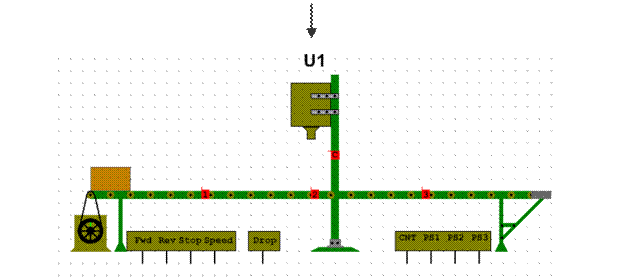Voluntary
International standardization is market driven and therefore based on voluntary involvement of all interests in the market-place. There are three main phases in the ISO standards development process as follows. The need for a standard is usually expressed by an industry sector, which communicates this need to a national member body. The latter proposes the new work item to ISO as a whole. Once the need for an International Standard has been recognized and formally agreed, the first phase involves definition of the technical scope of the future standard. This phase is usually carried out in working groups which comprise technical experts from countries interested in the subject matter. Once agreement has been reached on which technical aspects are to be covered in the standard, a second phase is entered during which countries negotiate the detailed specifications within the standard. This is the consensus-building phase. The final phase comprises the formal approval of the resulting draft International Standard (the acceptance criteria stipulate approval by two-thirds of the ISO members that have participated actively in the standards development process, and approval by 75% of all members that vote), following which the agreed text is published as an ISO International Standard. It is also possible to publish interim documents at different stages in the standardization process. Most standards require periodic revision. Several factors combine to render a standard out of date: technological evolution, new methods and materials, new quality and safety requirements. To take account of these factors, ISO has established the general rule that all ISO standards should be reviewed at intervals of not more than five years. On occasion, it is necessary to revise a standard earlier. To date, ISO's work has resulted in over 16 000 International Standards, representing more than 620 000 pages in English and French (terminology is often provided in other languages as well). A list of all ISO standards appears in the ISO Catalogue.
2 Are these statements True or False? 1. Most standards are developed by committees of volunteers, which can include members of industry, government, and the public. 2. ISO standards can be applied only in Europe. 3. The number of stages involved in standards development depends on the industry sector. 4. The standard is approved if more than half of the ISO members voted. 5. Standards must be updated regularly.
|




